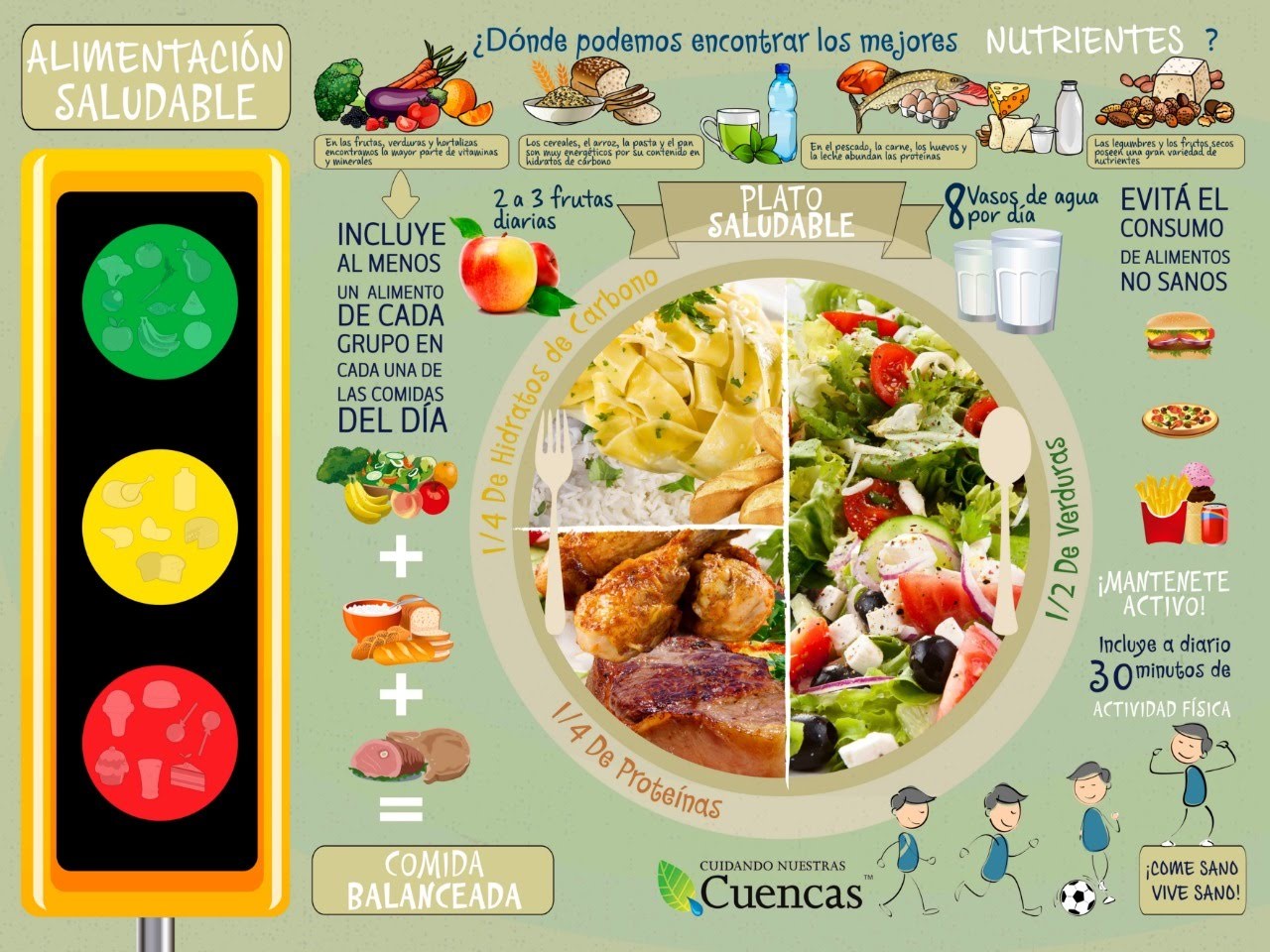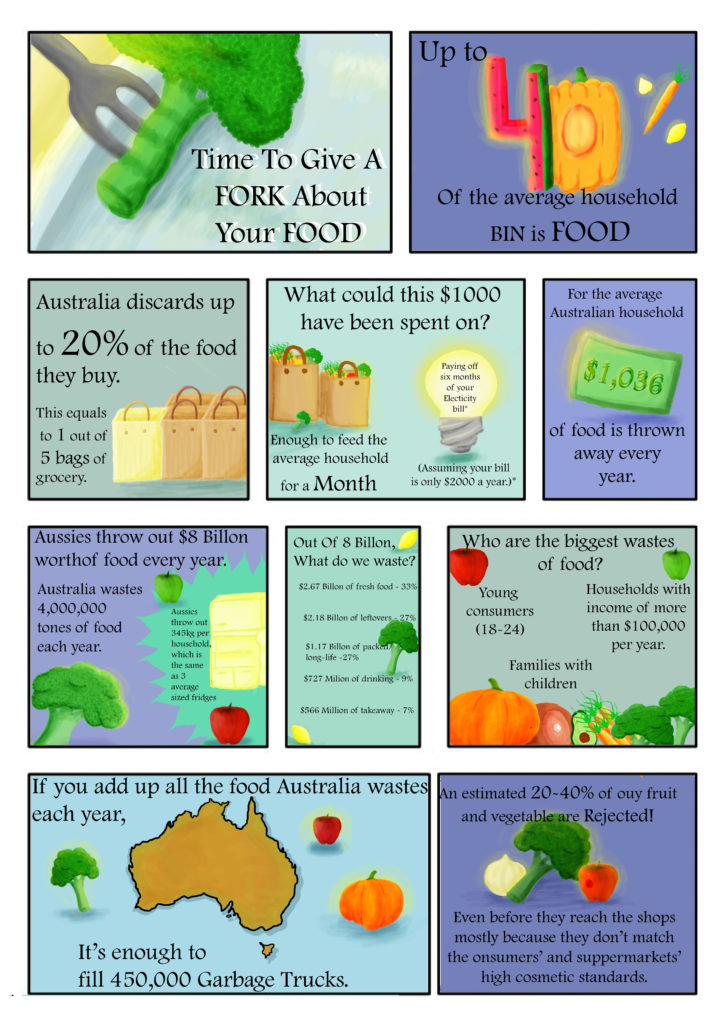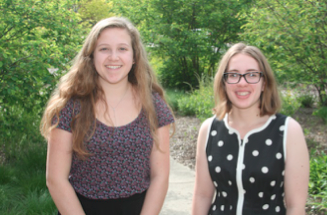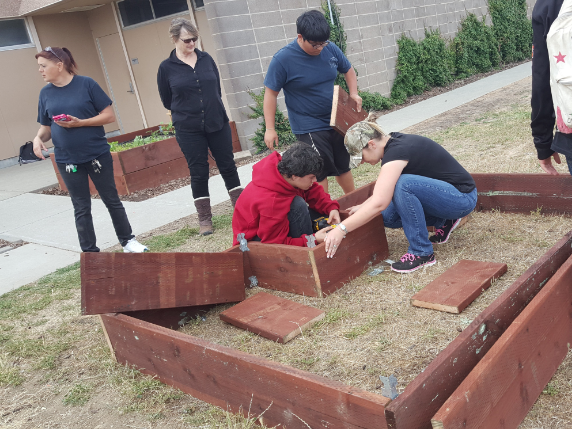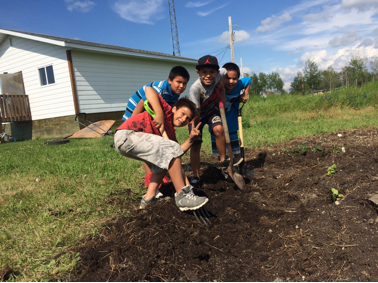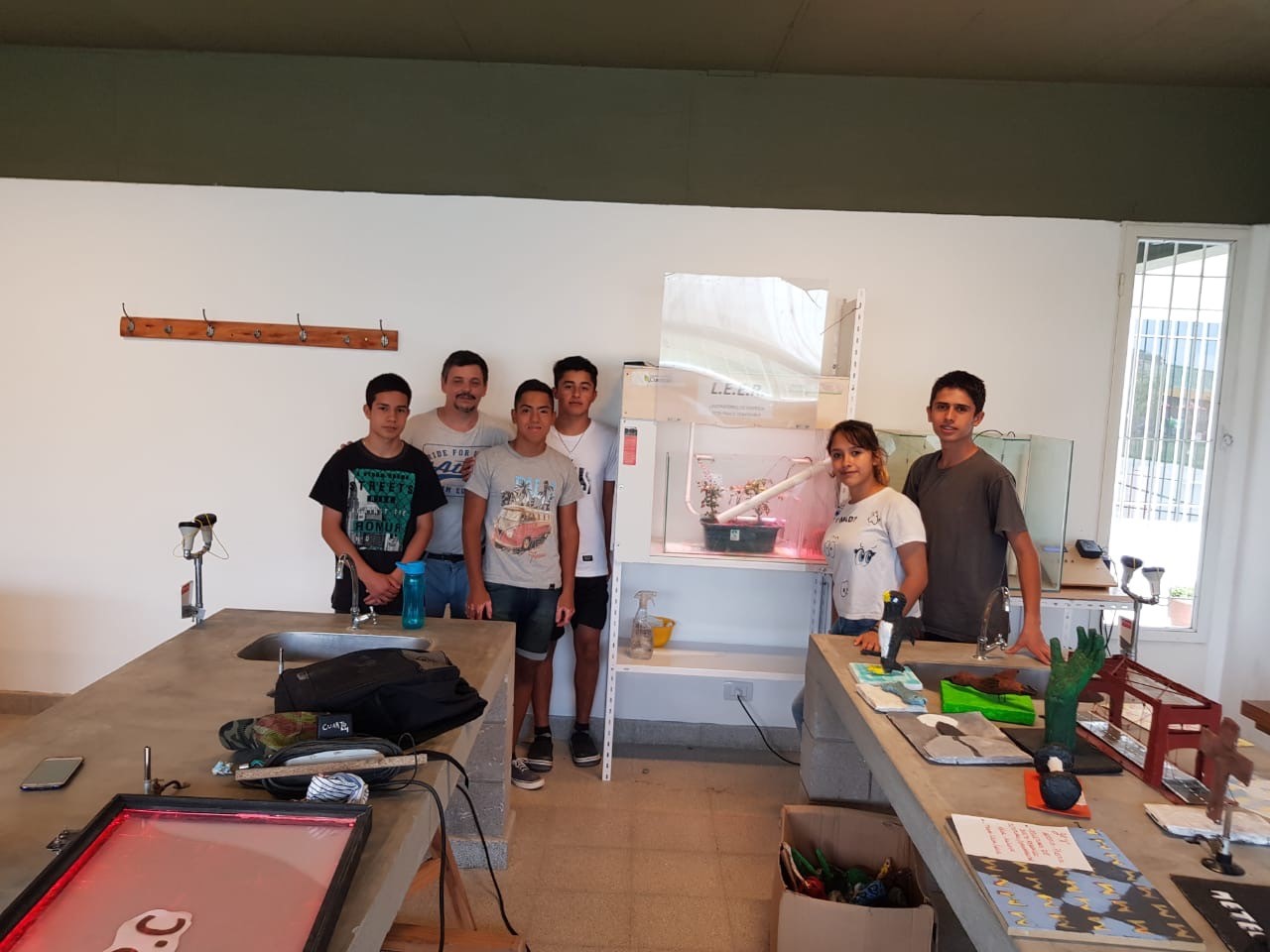 2018 Carmen de Areco, Buenos Ares, Argentina
2018 Carmen de Areco, Buenos Ares, Argentina
EES T N° 1, Carmen de Areco. Students: Nicolás, Agustina (all the classroom was involved with the implementation)
This Project intends to create a classroom-space dedicated to natural sciences and new technologies. This classroom-space will have laboratory characteristics in which native plants, both aquatic and terrestrial, will be produced, based on a novel production system such as aeroponics and the associated parmaculture.
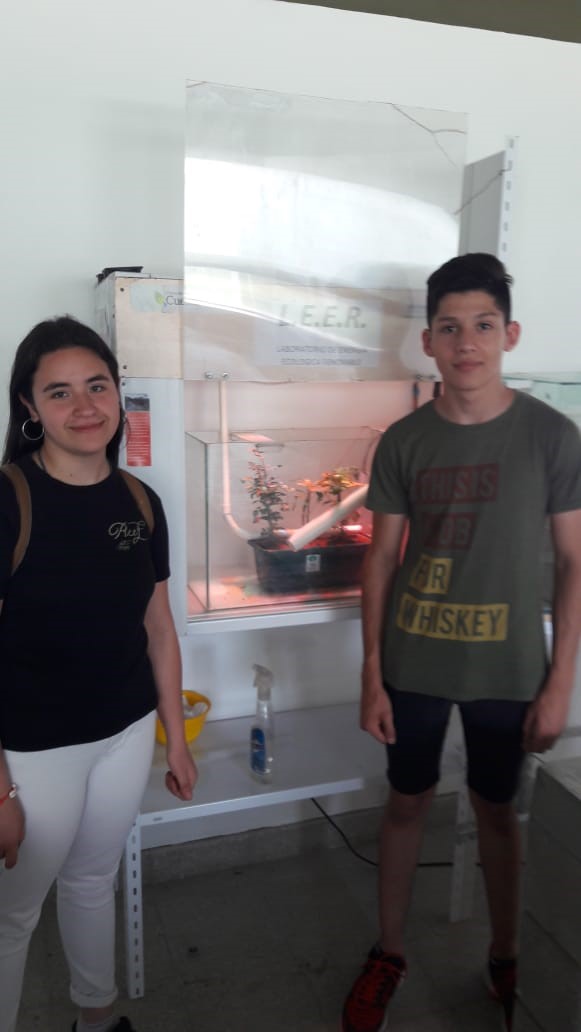 This project combines other CFW projects; they used arduinos system and the idea of the 2017 winning project “smart light” that manages the light intensity and the day / night duration. They are using renewable energy, solar photovoltaic, solar thermal peltier cells and the whole system is robotic and managed by arduinos. They have humidity, co2, and intensity sensors and different types of luminosity.
This project combines other CFW projects; they used arduinos system and the idea of the 2017 winning project “smart light” that manages the light intensity and the day / night duration. They are using renewable energy, solar photovoltaic, solar thermal peltier cells and the whole system is robotic and managed by arduinos. They have humidity, co2, and intensity sensors and different types of luminosity.
They also wanted to make an aquatic system and a system with algae for a biofilter. They will be breeding native fish to re-populate the streams in the area. All this will be done within a research framework supported by sensors and powered by renewable energies.
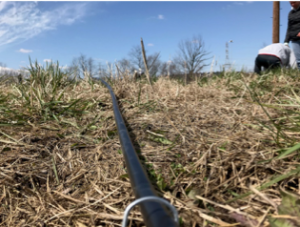
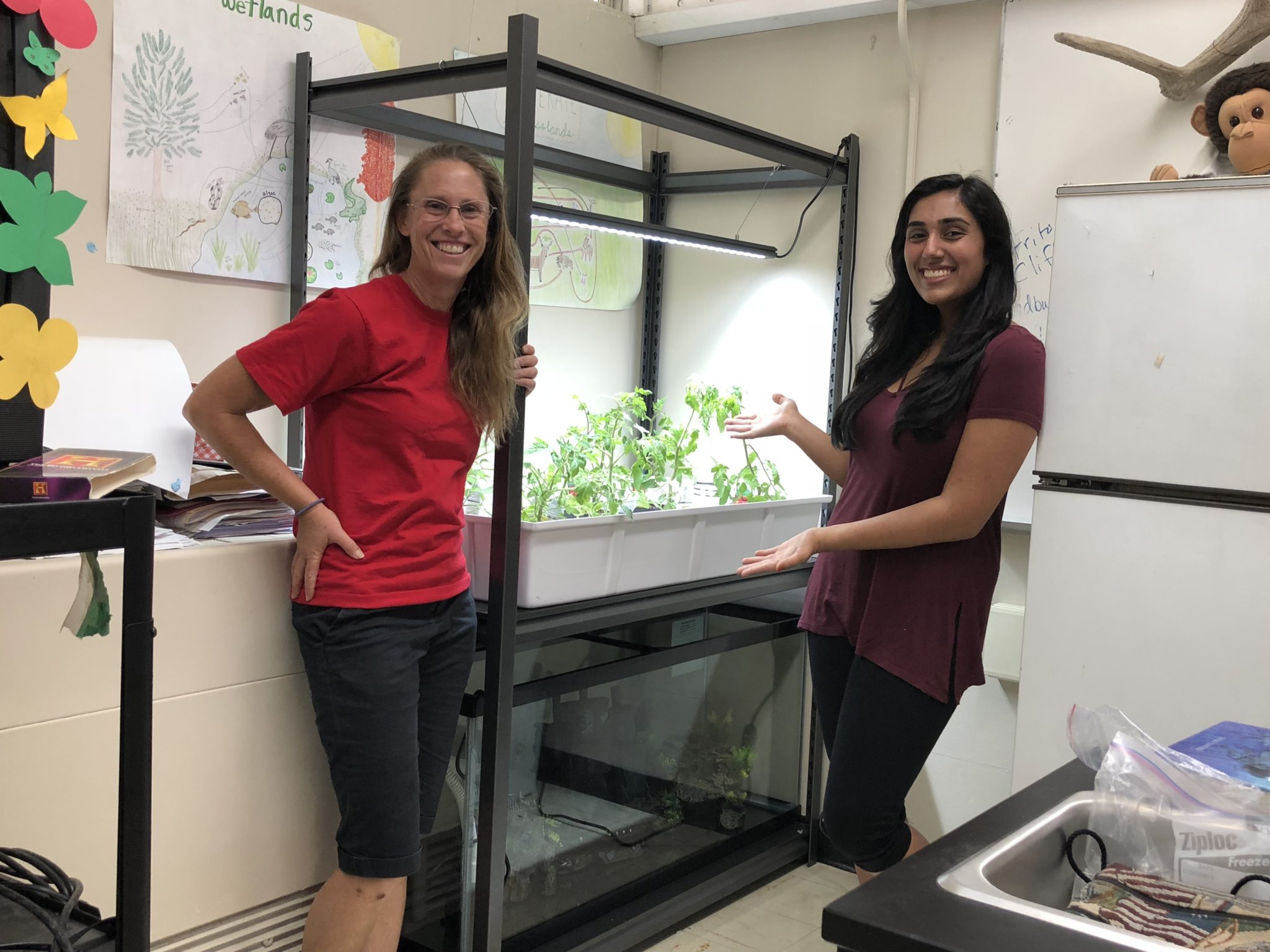
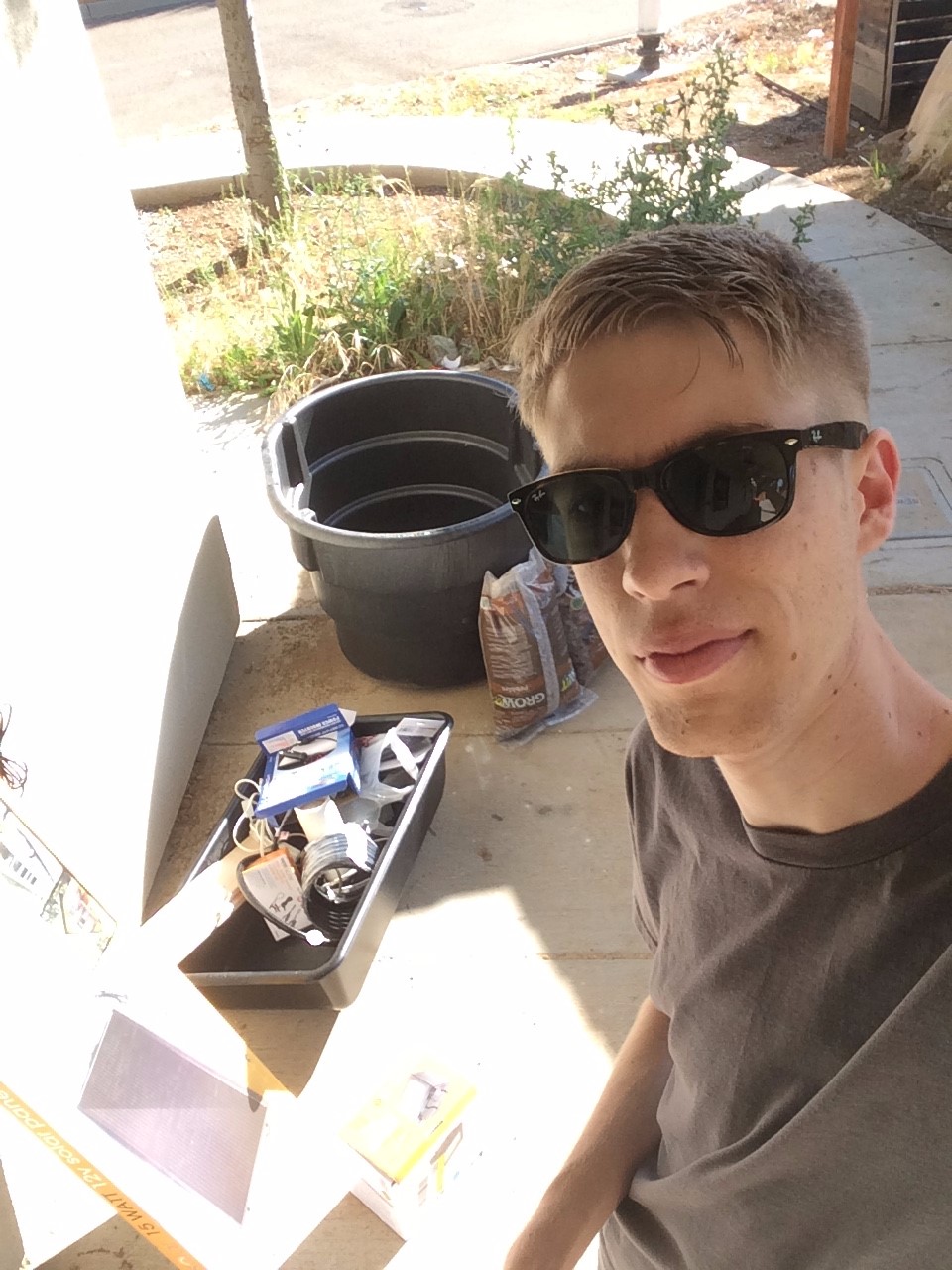
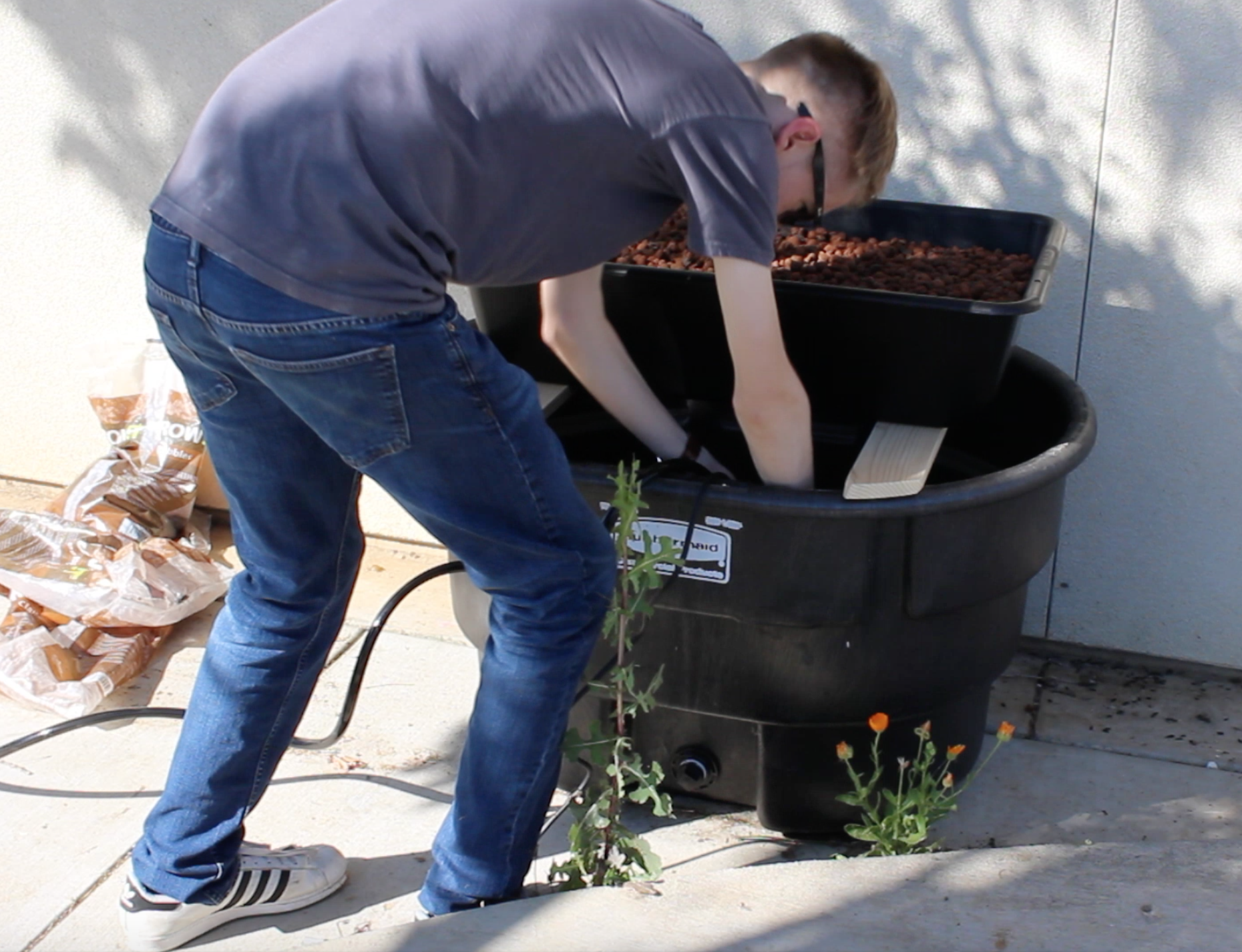
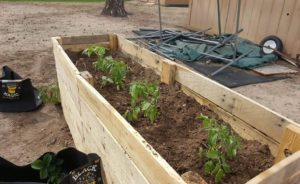
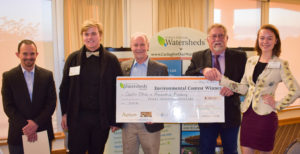 processing industry (reducing the carbon footprint of food packaging, waste, and transportation). Once the school gardens begin to produce, they will donate the vegetables to the students who participated in creating the garden. In addition, they will sell the produce to the school lunch program through the Garden to School program. The money generated will be used to fund the upkeep and future development of the garden.
processing industry (reducing the carbon footprint of food packaging, waste, and transportation). Once the school gardens begin to produce, they will donate the vegetables to the students who participated in creating the garden. In addition, they will sell the produce to the school lunch program through the Garden to School program. The money generated will be used to fund the upkeep and future development of the garden.